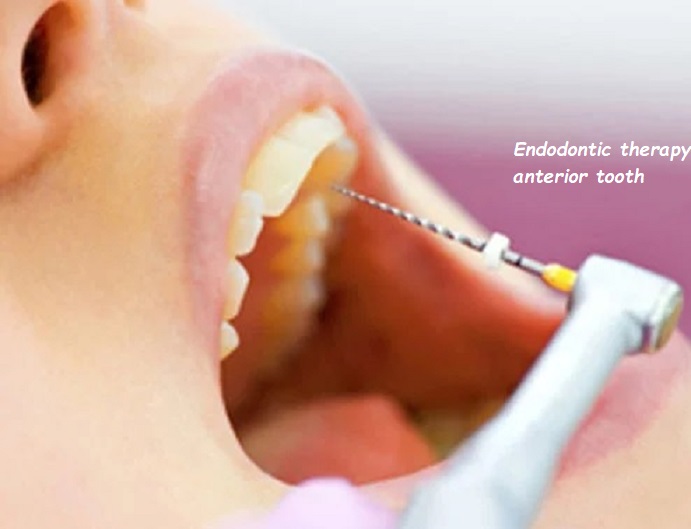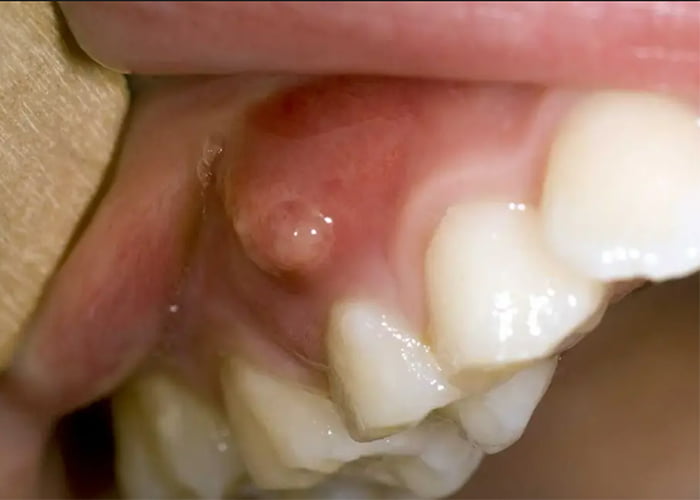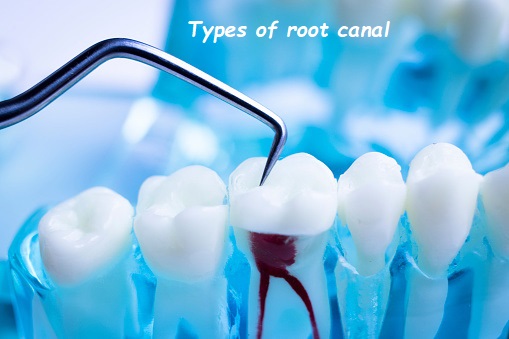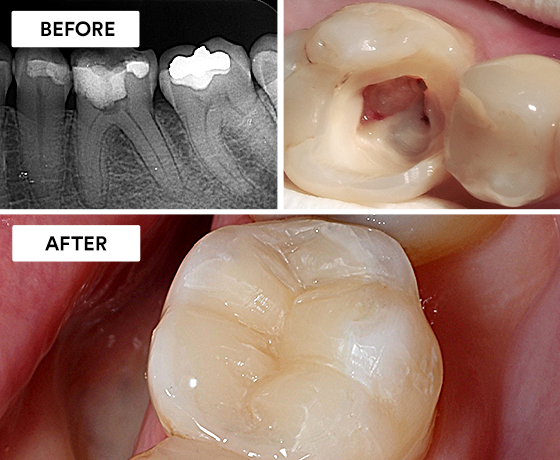Endodontic therapy anterior tooth

Endodontic therapy, commonly known as root canal treatment, is a dental procedure designed to treat and save a tooth that is badly decayed or infected. While most people associate root canals with molars or premolars, endodontic therapy is also frequently performed on anterior teeth, which are the front teeth, including incisors and canines. This guide will provide a comprehensive overview of endodontic therapy for anterior teeth, covering the procedure, benefits, and aftercare.
Understanding Endodontic Therapy
Endodontic therapy involves removing the infected or damaged pulp from the inside of the tooth, cleaning and disinfecting the root canals, and then filling and sealing them to prevent further infection. This procedure is typically necessary when the pulp, which contains nerves and blood vessels, becomes inflamed or infected due to deep decay, repeated dental procedures on the tooth, or a crack or chip in the tooth.
Anatomy of Anterior Teeth
Anterior teeth, located at the front of the mouth, include the central incisors, lateral incisors, and canines. These teeth are crucial for cutting and tearing food and play a significant role in aesthetics and speech. Unlike molars, which have multiple roots and canals, anterior teeth typically have a single root and canal, making the endodontic procedure somewhat simpler and faster.
Indications for Endodontic Therapy in Anterior Teeth
Several conditions may necessitate endodontic therapy for anterior teeth:
- Deep Decay: When decay reaches the pulp chamber, causing infection or severe pain.
- Trauma: A blow to the mouth can cause cracks, chips, or fractures that expose the pulp.
- Repeated Dental Procedures: Multiple procedures on a single tooth can compromise the pulp.
- Cracks and Fractures: These can extend to the pulp, leading to inflammation or infection.
- Gum Disease: Advanced periodontal disease can affect the tooth’s root and pulp.
The Endodontic Therapy Procedure
Endodontic therapy for anterior teeth generally involves several steps:
- Diagnosis and Treatment Planning:
- Examination: The dentist examines the tooth and surrounding tissues.
- X-rays: Radiographs help visualize the extent of the infection and the anatomy of the root canals.
- Anesthesia:
- Local Anesthesia: The area around the affected tooth is numbed to ensure a painless procedure.
- Access Opening:
- Drilling: A small opening is made on the back or biting surface of the tooth to access the pulp chamber and root canal.
- Pulp Removal:
- Cleaning: The infected or damaged pulp is removed using special instruments.
- Disinfection:
- Irrigation: The root canal is thoroughly cleaned and disinfected to remove any remaining bacteria and debris.
- Filling and Sealing:
- Filling: The cleaned root canal is filled with a biocompatible material, usually gutta-percha.
- Sealing: The access opening is sealed with a temporary or permanent filling material.
- Restoration:
- Permanent Restoration: A crown or filling is placed to restore the tooth’s function and appearance.
Benefits of Endodontic Therapy for Anterior Teeth
Endodontic therapy offers several advantages, particularly for anterior teeth:
- Preservation of Natural Tooth: Saving the natural tooth helps maintain proper chewing and biting function and prevents the need for more extensive dental work.
- Aesthetics: Preserving the anterior tooth maintains the natural appearance of the smile.
- Pain Relief: Endodontic therapy eliminates pain caused by infection or inflammation in the pulp.
- Preventing Spread of Infection: Treating the infection prevents it from spreading to other teeth and tissues.
- Long-Term Durability: With proper care, a tooth that has undergone endodontic therapy can last a lifetime.
Aftercare and Recovery
Proper aftercare is essential to ensure the success of endodontic therapy and the longevity of the treated tooth. Here are some aftercare tips:
- Pain Management: Mild discomfort is normal after the procedure. Over-the-counter pain relievers can help manage any pain.
- Oral Hygiene: Maintain good oral hygiene by brushing and flossing regularly. Avoid brushing the treated tooth vigorously for a few days.
- Diet: Avoid hard or crunchy foods until the permanent restoration is in place.
- Follow-Up Appointments: Attend all scheduled follow-up appointments to monitor healing and the integrity of the restoration.
- Avoid Strain: Refrain from using the treated tooth for heavy biting or chewing until it is fully restored.
Complications and Risks
Like any medical procedure, endodontic therapy carries some risks and potential complications, although they are relatively rare:
- Infection: If not all the bacteria are removed, or if the filling is not properly sealed, an infection can recur.
- Tooth Fracture: A tooth that has undergone endodontic therapy may be more prone to fracture, especially if not properly restored.
- Incomplete Cleaning: Complex root canal anatomy can sometimes make it challenging to clean and fill all the canals thoroughly.
- Discoloration: The treated tooth may become slightly discolored over time.
Preventing the Need for Endodontic Therapy
While endodontic therapy is effective, it is best to prevent the need for such procedures through proper dental care:
- Regular Dental Check-Ups: Visit your dentist regularly for check-ups and professional cleanings.
- Oral Hygiene: Brush your teeth twice a day and floss daily to remove plaque and prevent decay.
- Healthy Diet: Limit sugary foods and drinks, and eat a balanced diet to support dental health.
- Protective Gear: Wear a mouthguard during sports to protect your teeth from injury.
- Prompt Attention to Dental Issues: Address any dental problems, such as cavities or gum disease, promptly to prevent complications.
Advances in Endodontic Therapy
Advances in dental technology have significantly improved the success rates and patient experience of endodontic therapy:
- Digital Radiography: Provides clear images with lower radiation exposure, aiding in accurate diagnosis and treatment planning.
- Cone Beam CT: Offers three-dimensional imaging for detailed views of root canal anatomy.
- Operating Microscopes: Enhance visibility during the procedure, allowing for more precise treatment.
- Nickel-Titanium Instruments: Flexible and strong instruments that make cleaning and shaping the canals more efficient.
- Laser-Assisted Therapy: Lasers can help disinfect root canals more effectively and reduce treatment time.
The Role of Endodontists
While general dentists can perform endodontic therapy, complex cases may be referred to an endodontist, a specialist in root canal treatment. Endodontists have advanced training and expertise in diagnosing and treating issues related to the pulp and root canals. They are equipped to handle more complicated cases, such as those involving complex root anatomy or retreatment of previously treated teeth.
Cost of Endodontic Therapy for Anterior Teeth
The cost of endodontic therapy for anterior teeth can vary based on several factors:
- Geographic Location: Costs can differ depending on the region and the cost of living in the area.
- Complexity of the Case: More complex cases requiring additional procedures may cost more.
- Dentist’s Experience: An experienced specialist may charge higher fees.
- Insurance Coverage: Dental insurance may cover part or all of the cost of endodontic therapy, depending on the plan.
It’s important to discuss the costs and payment options with your dental provider before undergoing treatment.
Conclusion
Endodontic therapy for anterior teeth is a crucial procedure that can save a tooth affected by severe decay, trauma, or infection. Understanding the process, benefits, and aftercare of this treatment can help you make informed decisions about your dental health. Regular dental visits, good oral hygiene practices, and prompt attention to dental issues can help prevent the need for endodontic therapy. However, if you do require this treatment, advances in dental technology and the expertise of endodontists ensure that you can receive effective and comfortable care.









